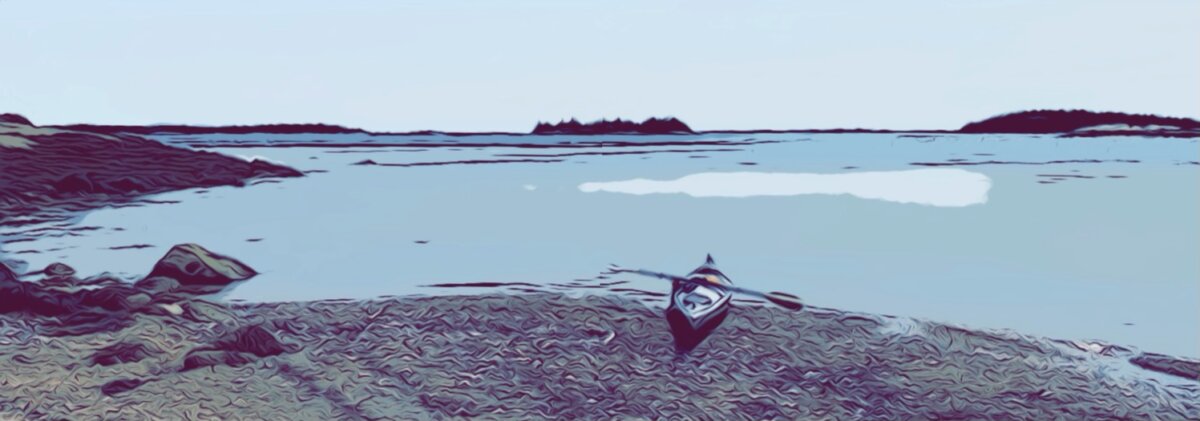Seagrass Meadows

A novel effort that weaves together citizen science, story-telling, learning journeys, and innovation in the wider Casco Bay bioregion is being launched on August 8th, 2022 to help understand how we can better steward one of the most productive ecosystems on earth: eelgrass meadows in the Gulf of Maine.
Distributed across the globe, healthy seagrass beds rival tropical rainforests and coral reefs in ecosystem services, and are being lost at an alarming rate (Costanza, R. et al. 1997. and Fourqurean, J. W. et al 2012).
Here in Casco Bay, Gulf of Maine, eelgrass meadows (Zostera marina L.) are going through periods of expansion and contraction and are in need of our help to understand why they have returned, when they do, how they are doing, and what else can we do to help them thrive and expand.
Seagrass meadows provide multiple ecosystem benefits in estuarine systems: they support marine biodiversity, help to absorb wave energy, stabilize sediments, sequester carbon and nutrients, and serve as a filter within the water column. In Casco Bay – the dominant seagrass species is eelgrass or Zostera marina (L.) and also includes widgeon grass or Ruppia maritima (L.). The meadows they form create important coastal habitats, providing shelter and forage for many commercially important marine fish species.
Amazingly, they have even been used as part of food systems, described beautifully here in this Time Magazine article of a Chef in Spain (Ángel León) using Zostera spp. for his rather astounding menus. We will not be promoting this anytime soon to the Chefs of Portland, but who knows, if we become really good at restoration of seagrass meadows, maybe this will be pat of our bioregional diet.
